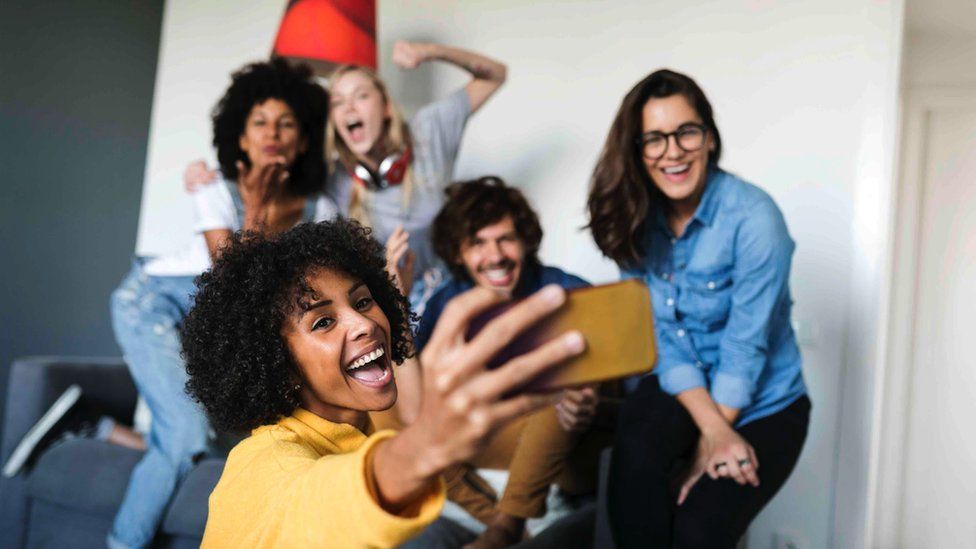-

-
-
Loading

Loading

The rise of smartphones and digital editing tools has made it common for people to enhance their photos by adjusting colors and lighting. Now, smartphones powered by artificial intelligence (AI) are taking photo manipulation to another level. Google's latest smartphones, the Pixel 8 and Pixel 8 Pro, utilize AI to alter people's expressions in photographs. This new feature, called Best Take, allows the phone to mix and match expressions from other photos, using machine learning to insert a smile into a picture, for example. In addition to this, the devices also offer a feature called Magic Editor, which allows users to erase, move, and resize unwanted elements in a photo. This is achieved through deep learning, where an AI algorithm analyzes the surrounding pixels and fills in the space with textures learned from millions of other photos. Interestingly, these AI editing tools can be applied to any pictures in a user's Google Photos library, not only to photos taken on the device itself. However, the use of AI in photo manipulation has sparked concerns about the integrity of photographs. Some critics have described the technology as "icky" and "creepy," suggesting that it could undermine trust in online content. Professional photographer and senior lecturer Andrew Pearsall warns that even small manipulations for aesthetic reasons can lead down a dangerous path. He believes that we are entering a realm of a "fake world" where images can be instantly altered on smartphones. On the other hand, Isaac Reynolds, the leader of Google's camera systems development team, emphasizes that features like Best Take are not meant to deceive. He explains that the final image is a representation of a moment that may not have occurred exactly as depicted but captures the desired essence. Professor Rafal Mantiuk from the University of Cambridge argues that people do not necessarily want to capture reality; they want to capture beautiful images. The limitations of smartphones and the use of machine learning to "fill in" missing information in photos help enhance the overall quality of the images. While photo manipulation has always existed in the art form, the convenience of AI technology has made it easier than ever to alter reality. Samsung faced criticism earlier this year for using deep learning algorithms to improve Moon photos taken with their smartphones. The company acknowledged the confusion caused by this manipulation and pledged to clarify the distinction between real images and enhanced ones. Google adds metadata to its photos to indicate when AI has been used, but the line between acceptable and unacceptable manipulation remains blurred. Reynolds suggests that drawing a definitive line becomes a complex decision when considering each feature individually. As the debate about AI manipulation continues, it is crucial to also recognize the limitations of our own eyes and acknowledge that the human brain also reconstructs information and infers missing details in a similar way to cameras.